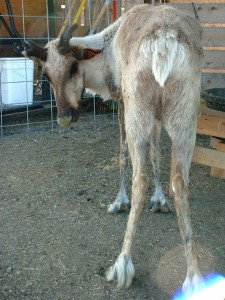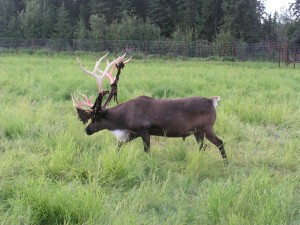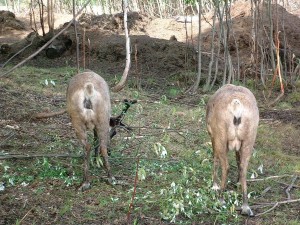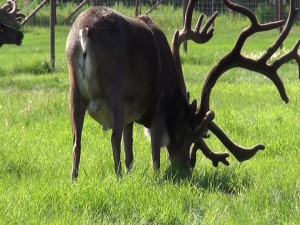Herd Health, Husbandry and Monitoring Continued
October 28 – November 4
Module 6.2 Introduction
In this section you will review physical cues exhibited by reindeer or other animals when they are not feeling well. To be able to identify a sick animal we need to be able to distinguish between healthy behaviors and the nuances of behavior when an animal is not acting normal. The owner or caretaker of an animal by continuously monitoring their behavior will know “something isn’t quite right’ with their animal much before a veterinarian will be able to recognize a disease. So pay attention to the lesson and your animals, they will tell you in subtle ways when they are not feeling well.
You will also be introduced to low stress handling techniques. The basics are very easy to learn and have been proven effective for all species of animals. Now longer are “rodeo’ handling or herding events being accepted.
Objectives
- Explain the value of frequent herd health checks and other preventive medicine measures.
- Describe what to look for in a herd health check.
- Describe the effects of stress in ungulates
| Instruction | 3 hrs |
| Assignments | 3 hrs |
| Collaboration | 2 hrs |
Learning Activity
Review this Reindeer body condition scoring sheet with the following images
1 Emaciated  |
2. Lean  |
|
|---|---|---|
3. Prime  |
4. Fat 
| 5. Overfat |
Watch these videos about low stress handling, animal flight zone, and point of balance.
Watch the following video showing the normal birth of a reindeer calf.
Watch this video about stress.
Assignment
Module 6.2 Quiz Due November 4th before midnight.
Reflection and Writing
Discuss how stress can impact your livestock herd and what you can do to minimize it.
